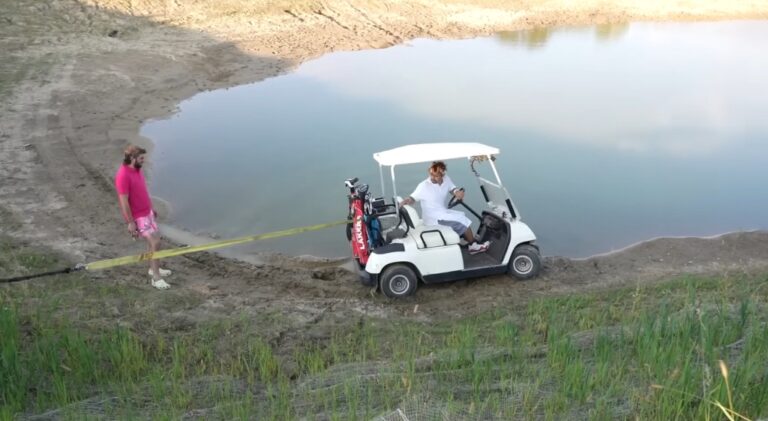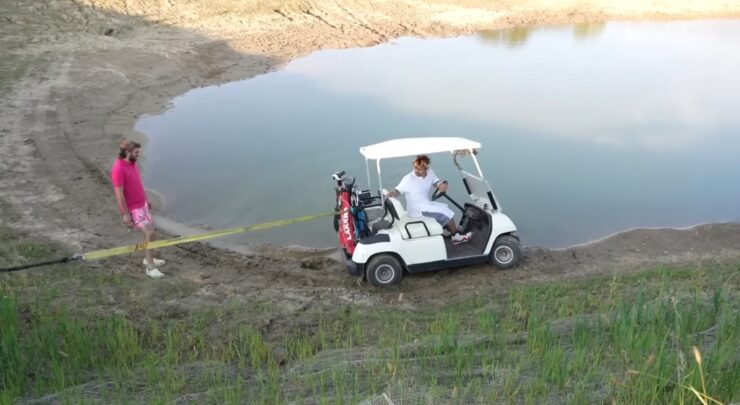If you find your cart being corroded and the engine performing badly, there is a possible chance that you have shown negligence in the maintenance of the vehicle. There might be a variety of reasons for this. Some users are unaware of the actual maintenance steps and requirements, while others are just lazy to do so.
Despite this reason, you should regularly check the status of your golf cart to prevent serious damage issues. Thus, for this reason, we have come up with a detailed golf cart troubleshooting and maintenance checklist to help you monitor the battery usage, engine oil, brakes, and lights of your cart for its increased average life.
General Maintenance
Golf cart maintenance is divided into two parts, i.e., general and specific maintenance. General maintenance refers to the less specific overall maintenance of the cart, which can be carried out by anyone, and there is no need for an expert in this regard.
For this purpose, three major safety checks are required to complete the process. First, you need to monitor the brakes and identify if they are working properly.
Afterward, the second step involves checking the tires of the cat. Oftentimes the tires might be left unnoticed, which can lead to future troubles on the field. Finally, the third component is the lights, especially if you are planning to use the cart at night.
Apart from these three famous factors, one thing that is a must is the proper battery check. Despite the type of cart you are using, the battery power and charge retention abilities should be given equal importance during the general maintenance process.
Brakes
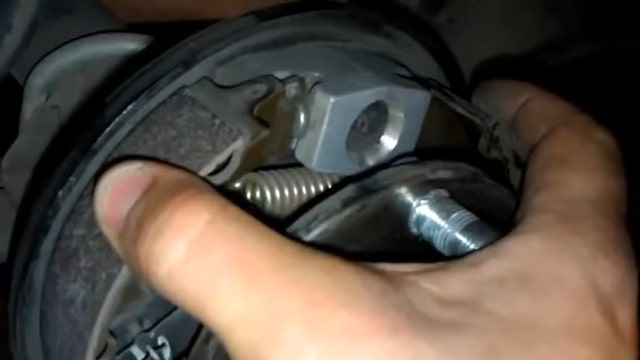
Brakes are directly related to your safety and can be a huge life savior in dire conditions. They control the movement of a vehicle and enable you to start and stop the cart. Thus, the whole braking system should be monitored carefully after regular intervals to look out for potential threats or errors in the system.
Some major issues in this regard include soft stops and squeaking, which can impact your ability to stop the car immediately in case of an accident.
The brake check involves monitoring each and every component in the braking system and identifying if it requires replacement or adjustment. This must be carried out after every three to five months to reduce the extent of damage and the threats associated with it. Firstly, you need to check the brake pedal and return springs.
The pedals also contain pivot points that shall also be given equal consideration. There should be less friction between the return springs which can be achieved by regular lubrication. This contributes to better performance throughout the day. We also suggest tightening the springs on a regular basis to avoid various components from falling apart.
The springs often get loose by themselves and require tightening to work properly. Besides springs, the cable network should also be checked to remove any chipped or broken wires. You should replace all the damaged wires to promote enhanced connectivity and reduce the extent of the damage.
Tires
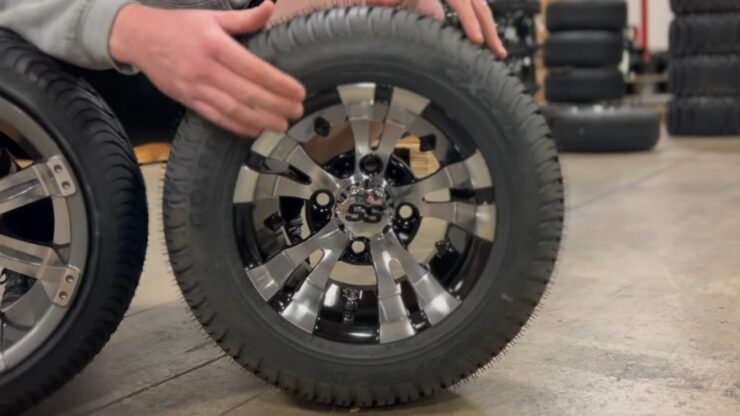
Tires are the main component that acts as a bridge or connection point between the cart and the ground. The tires must be properly inflated to ensure remarkable performance. You should also replace tires after regular intervals and should not wait for the last moment as it can lead to safety and performance concerns.
However, you should be careful while inflating the tires as overinflation can be difficult to manage. It has its own advantages and disadvantages that should be weighed carefully to drive the cart effectively. Overinflation can reduce tire drag and increase the overall efficiency of the product.
But, it will also lower your traction, thereby decreasing the contact between the tire and the ground. In addition to this, they are more prone to damage and deflation because of excessive air trapped inside the tire. To avoid such issues, we highly suggest keeping inflation into consideration and preventing overinflation as much as possible.
Similarly, inflation has its own benefits and drawbacks. They are characterized by higher traction and increased contact between the tires and the cart. Another advantage of underinflation is the increased flexibility which contributes to smooth performance. But, on the flip side, it can lead to faster tire wear because of decreased air in it.
Apart from the inflation of the tire, the tread is another factor that should be checked before riding the cart to the field. If you feel that the tread is low, you must not ride the vehicle and should replace the tire as soon as possible to avoid future issues. Low tread can lead to dangerous collisions as it can make it difficult to control the cart.
Similarly, in extreme cases, the cords might also start showing inside the tire. When you observe such a situation, it is an indication that you must instantly leave the cart or replace the tire as soon as possible to avoid fatal injuries as the naked cords are the signal of an explosion. Similarly, we highly suggest against inflating such bald tires to reduce the chance of explosion.
Battery
In the case of general maintenance, it is important to regularly check the status of your battery and its condition for the normal functioning of the cart. Make sure that the battery is properly watered and fully charged before setting out on a ride in the field. Another thing worth noticing in this regard is to look out for possible corrosion.
Monitor the battery from different angles and ensure that it is corrosion-free and is not displaying any chance of potential rusting. If you observe some issues in this regard and there is some possibility of corrosion, you should immediately replace it with a new one.
Apart from this, you should check the whole battery system, including cables, terminals, and other related factors, to search for broken components and other performance errors.
If you find rusting in any of these areas, you should immediately clean it using battery cleaners and baking soda to reduce the damage as much as possible. Also, you should coat the metallic surface around the battery with protectants to improve its average life and prevent it from getting damaged due to external factors.
Troubleshooting Checklist
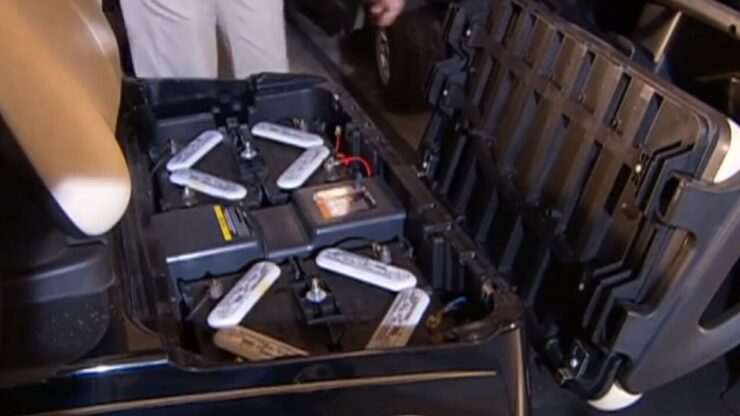
The troubleshooting refers to the specific maintenance and should be carried out when you are not aware of the extent and the cause of damage to the cart. In such instances, it becomes essential to identify the reason for damage.
However, the troubleshooting steps might be different for electric and gas-powered golf carts and must be studied carefully before attempting it.
Thus, we have developed a checklist for you in this regard to help you troubleshoot the problems that you might be facing while operating a golf cart. Firstly, you should check the fuse for any possible damage. Sometimes the fuse is blown and requires a replacement order to function properly. If you do not find any major problem with the fuse, then proceed toward connections and wires.
They are responsible for maintaining the connection between various components and, thus, can significantly impact the performance even if only one wire is damaged. After locating the damaged wire, replace it with a new one, and you are good to go. You should also remove any corrosive component if you find one in the key switches to avoid further damage.
Ignition or Motor Issues
If you’re having trouble starting your golf cart, there are a few things you can check first. Make sure the battery is fully charged and that the cables are connected properly. If all of those checks out, you might have a problem with the ignition or motor. Here are some common issues and how to fix them:
1) Faulty Ignition – If you’re having trouble getting your golf cart to start, it’s probably because of a faulty ignition. You can try pressing down on the starter button several times or removing and replacing the battery. If neither of those solutions work, you’ll need to take your golf cart into a service center for repairs.
2) Broken Cables – If you’re having difficulty starting your golf cart, it’s likely because of broken cables. Check to make sure all of the cables are tight and connect securely to the connectors on both the battery and engine (or motor). If those connections seem loose, replace either cable as necessary.
3) Failed Motor – If you’re experiencing problems with your engine, it may be time to replace it. Try checking for oil leaks and replacing any parts that seem damaged or worn out. If neither of those solutions work, your motor may need to be replaced altogether.
Frequently Asked Questions

What are the symptoms of a bad solenoid in a golf cart?
The major symptom that indicates a damaged solenoid and ignition system is the clicking noise that is produced when the cart is turned on. In some cases, users also report the generation of the clicking sound when the ignition system is turned on and off.
Thus, problems should be identified as early as possible to avoid further damage and to implement a timely solution.
What maintenance is required on a gas golf cart?
You should check your golf cart for possible maintenance issues on a monthly basis to avoid any future damage. Similarly, you should also monitor the amount of oil in the engine and identify whether it requires replacement or not. In addition to this, we also suggest monitoring the cooling air intake and air pressure and any other cleanliness requirements in this regard.
How often should you change the oil in a golf cart?
The oil of a golf cart engine should be replaced on a regular basis to avoid performance issues. We recommend changing the oil once your car reaches around 600 miles of usage. If you have purchased a new engine, you should replace the oil after 8 hours of running time for better performance output.
Why is my golf cart losing power so quickly?
There are a few different things that could be causing your golf cart to lose power quickly. First, if the battery is not charged or if it’s not getting enough juice to run the motor, the cart will start losing power sooner. Second, if there is something blocking the carburetor or air filter, the engine will struggle to get the fuel and air it needs to run properly. Finally, if the engine is old and tired, it may not be able to take all of the strain of running a golf cart.
What is the life expectancy of an electric golf cart?
Electric golf carts have a range of life expectancies that depend on the make and model. However, most electric golf carts typically last between 10,000 and 15,000 miles.
Wrapping Up
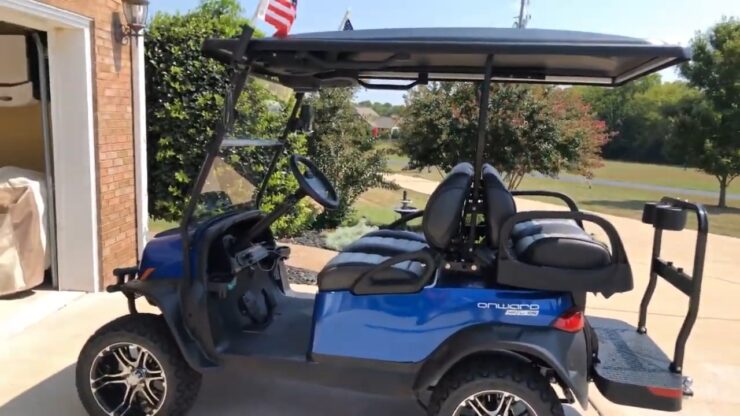
Golf carts are highly popular among users of diverse backgrounds. These specialized vehicles require regular checkups and maintenance to avoid future issues.
To help you in the process, we have developed a detailed guide on the golf cart troubleshooting and maintenance checklist to help you identify the potential problems in your vehicle before it becomes irreplaceable or unmanageable. The maintenance steps are divided into two categories, i.e., general and specific, among which batteries, tires, fuse, lights, and brakes are the highlighting components.
A lifelong devotee of the sport, Kane Franco serves as a Senior Staff Writer for Florida Elite Golf Tour. His expertise, coupled with a genuine desire to assist golfers in selecting the optimal gear, has led him to oversee a team of writers dedicated to providing the most precise and insightful reviews and purchasing guidance.
Related Posts:
- How to Wire Lights on a 48 Volt Golf Cart? -…
- Golf Course Maintenance: Tips for Club Cars and…
- How Do You Know Which Golf Ball Is Best For You: Ace…
- How Much is Topgolf? 2024 - What You Need to Know…
- What to Do if You Get Sued for a Golf Cart Accident:…
- Best Online Golf Lessons to Spruce up The Golfer in…





